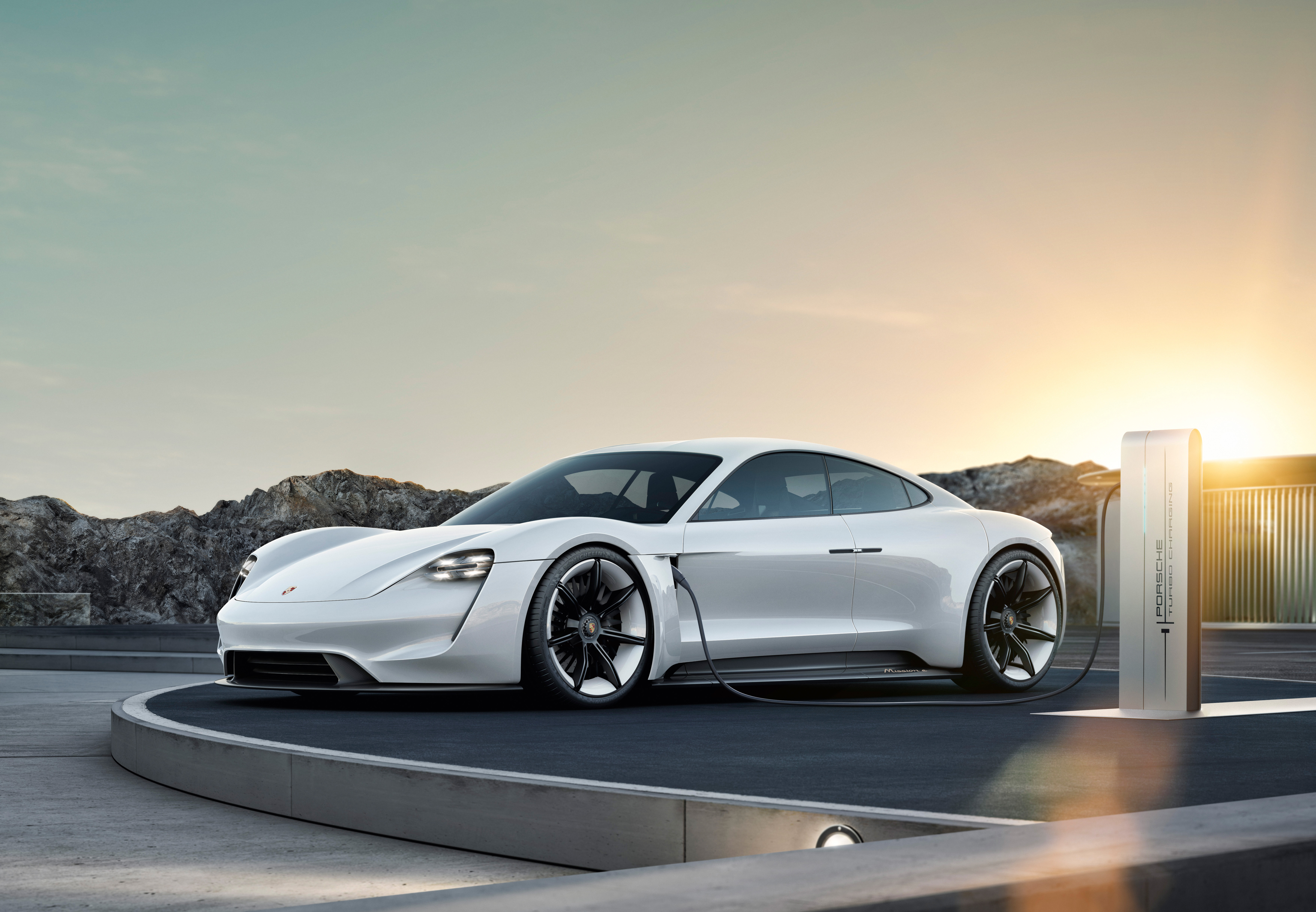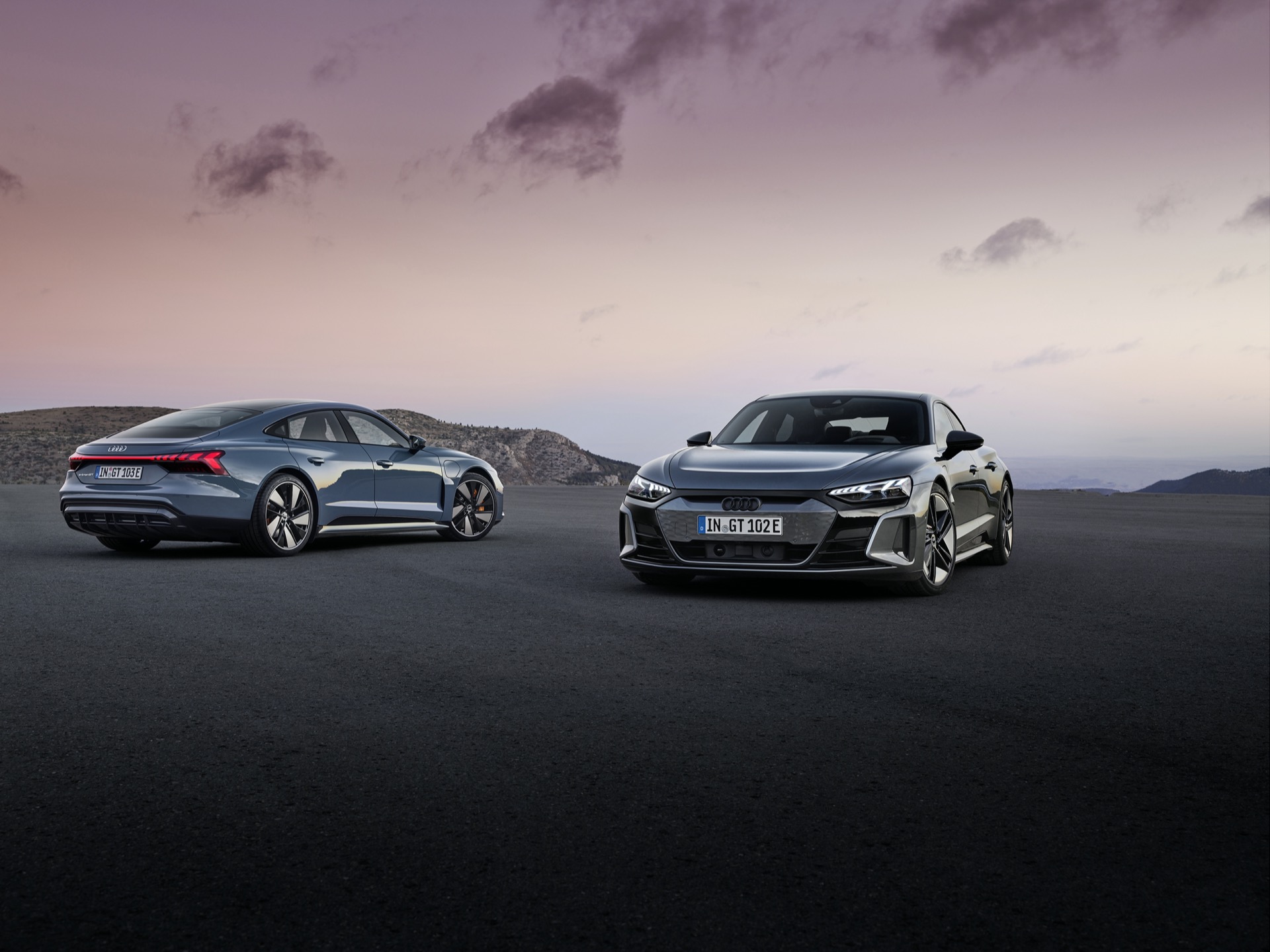RTPEV
Active Member
Well, maybe I'm crazy, but I am tracking it here: fastcharger.infoDoes anyone even care enough to track it?
I track all other networks in the US. It's on my todo list to actually allow filtering by network when looking at stats/maps, so it's not easy to tease out EA-specific data at this time, but it is there.
Why wouldn't people care enough to track it? I started the project because prior to a road trip in our ID4 last summer I was looking to get construction updates on some new potential EA sites opening up en route, but it looked like the only option I had was people occasionally posting updates to Plugshare. What I was looking for was a forum-based approach similar to TMC & supercharge.info, so I created my own. Clearly there is a very vibrant community tracking Supercharger data, so why do you think there wouldn't be a similar community for the non-Tesla crowd?
No. According to my database, there are 784 open EA sites, with 3400 (yes, that is a precise number, not rounded) stalls. So their 800/3500 number is a bit on the high side, but I suspect they are counting some that are imminently opening (we're in a bit of a slow period right now, but the trend is that about 5 sites open per week, mostly 4 stalls each).Does their # of chargers count 2 connectors sharing 1 parking space? From those who famously cheated on diesel emissions, this data is suspect.
Don't get me wrong, I hope for a good charging infrastructure other than Tesla but if EA's antics are our hope, we're in bad shape.
EA is one of the few providers that actually do count their sites/stalls correctly.
EVgo definitely overcounts their stalls (although possibly they are reporting "connectors" in the AFDC database, not stalls). I usually rely on Plugshare pictures to confirm EVgo stall counts. I will say that their newer sites do tend to feature two 100/100 (CCS/CHAdeMO) units that technically allow simultaneous charging, but only allocating one parking spot per unit, and a single 350kW dual connector CCS unit set up for shared charging with two reserved parking spots. I would count such a site as 4 stalls, but EVgo claims 6 (connectors).
(here is a picture of an EVgo site that opened up just down the street with 2 350kW dual units (on the left), so this is actually a 6 stall that EVgo counts as 8):
Most older Blink sites and many newer ones similarly are dual headed, arranged such that there are legitimately two reserved spots.
ChargePoint is a real pain because they put in a separate entry for each individual charging station. I combine co-located stations into a single site for my database.






